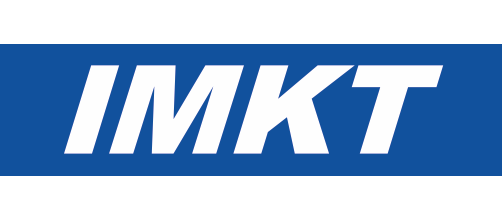Tribological Study on Tailored-Formed Axial Bearing Washers
- verfasst von
- Florian Pape, Timm Coors, Alexander Barroi, Jörg Hermsdorf, Maximilian Mildebrath, Thomas Hassel, Stefan Kaierle, Tim Matthias, Alexander Chugreev, Anna Chugreeva, Bernd Arno Behrens, Ludger Overmeyer, Gerhard Poll
- Abstract
To enhance tribological contacts under cyclic load, high performance materials are required. Utilizing the same high-strength material for the whole machine element is not resource-efficient. In order to manufacture machine elements with extended functionality and specific properties, a combination of different materials can be used in a single component for a more efficient material utilization. By combining different joining techniques with subsequent forming, multi-material or tailored components can be manufactured. To reduce material costs and energy consumption during the component service life, a less expensive lightweight material should be used for regions remote from the highly stressed zones. The scope is not only to obtain the desired shape and dimensions for the finishing process, but also to improve properties like the bond strength between different materials and the microscopic structure of the material. The multi-material approach can be applied to all components requiring different properties in separate component regions such as shafts, bearings or bushes. The current study exemplarily presents the process route for the production of an axial bearing washer by means of tailored forming technology. The bearing washers were chosen to fit axial roller bearings (type 81212). The manufacturing process starts with the laser wire cladding of a hard facing made of martensitic chromium silicon steel (1.4718) on a base substrate of S235 (1.0038) steel. Subsequently, the bearing washers are forged. After finishing, the surfaces of the bearing washers were tested in thrust bearings on an FE-8 test rig. The operational test of the bearings consists in a run-in phase at 250 rpm. A bearing failure is determined by a condition monitoring system. Before and after this, the bearings were inspected by optical and ultrasonic microscopy in order to examine whether the bond of the coat is resistant against rolling contact fatigue. The feasibility of the approach could be proven by endurance test. The joining zone was able to withstand the rolling contact stresses and the bearing failed due to material-induced fatigue with high cycle stability.
- Organisationseinheit(en)
-
Institut für Maschinenkonstruktion und Tribologie
Institut für Werkstoffkunde
Institut für Umformtechnik und Umformmaschinen
- Externe Organisation(en)
-
Laser Zentrum Hannover e.V. (LZH)
- Typ
- Artikel
- Journal
- Tribology Online
- Band
- 13
- Seiten
- 320-326
- Anzahl der Seiten
- 7
- ISSN
- 1881-218X
- Publikationsdatum
- 31.12.2018
- Publikationsstatus
- Veröffentlicht
- Peer-reviewed
- Ja
- ASJC Scopus Sachgebiete
- Oberflächen, Beschichtungen und Folien
- Ziele für nachhaltige Entwicklung
- SDG 7 – Erschwingliche und saubere Energie
- Elektronische Version(en)
-
https://doi.org/10.2474/trol.13.320 (Zugang:
Offen)


